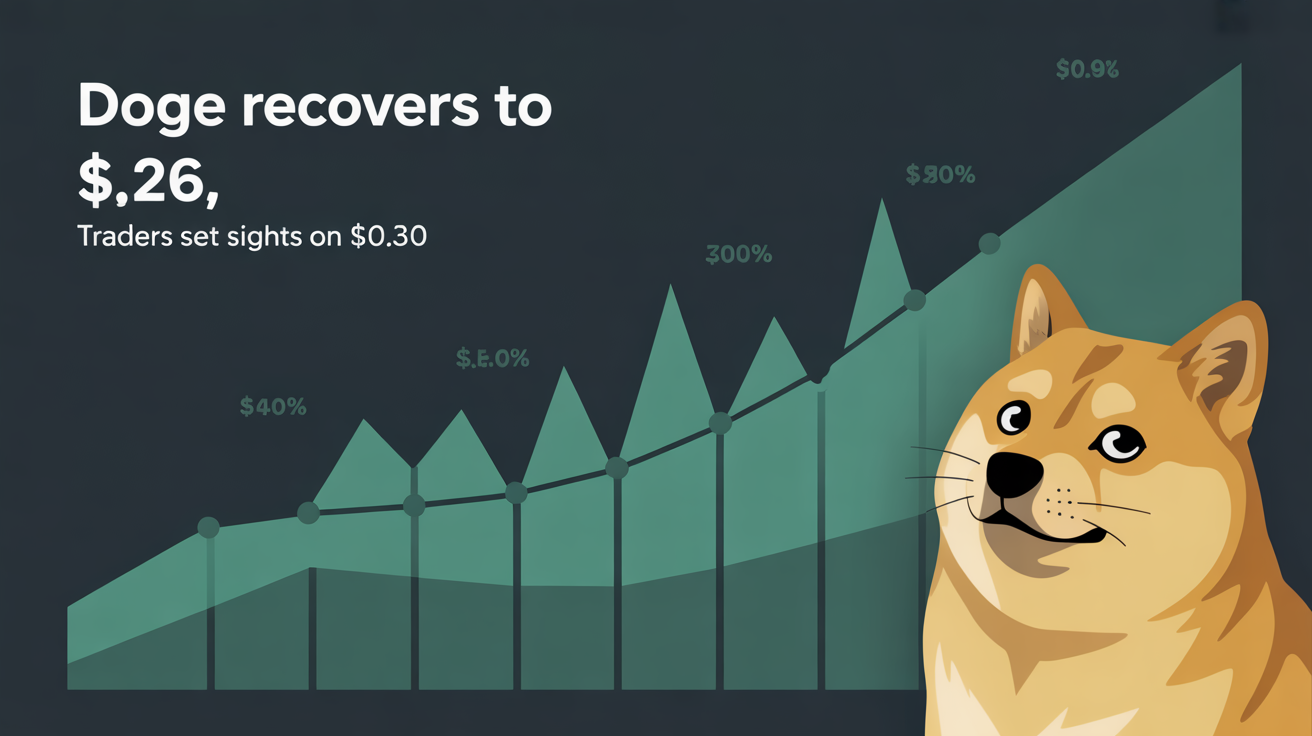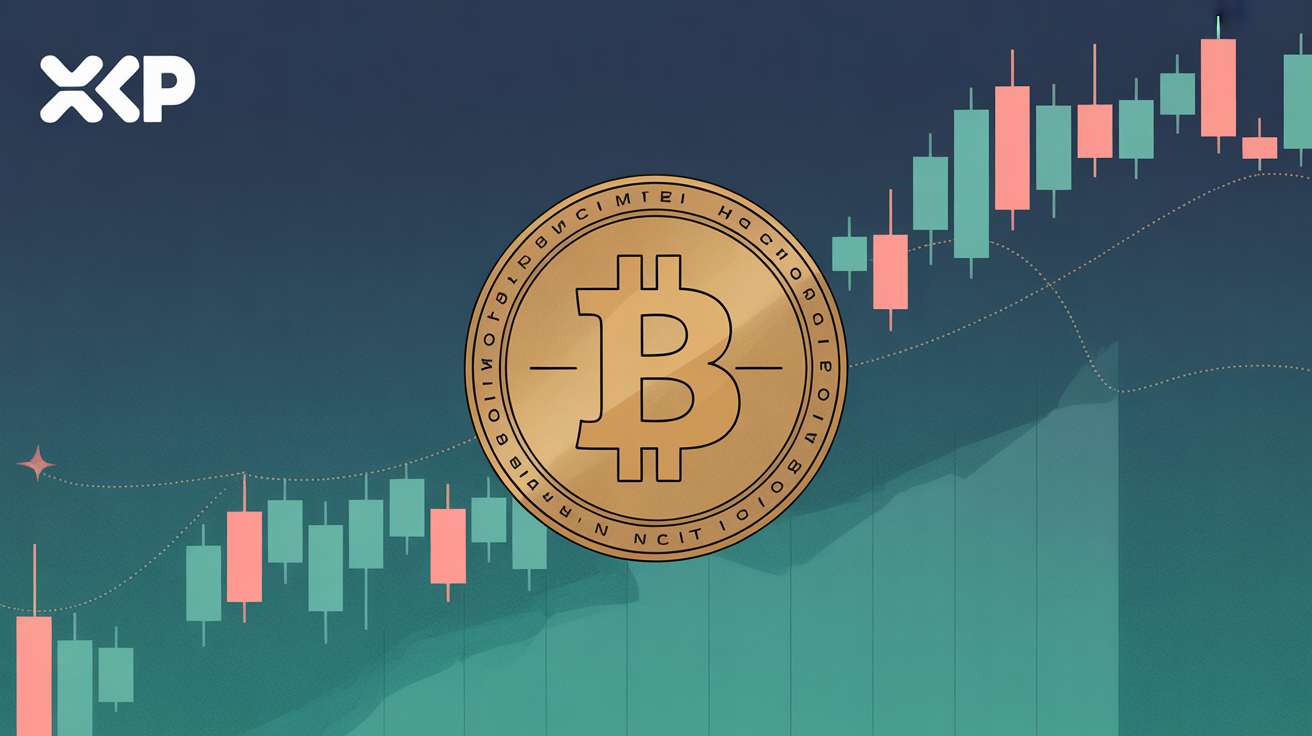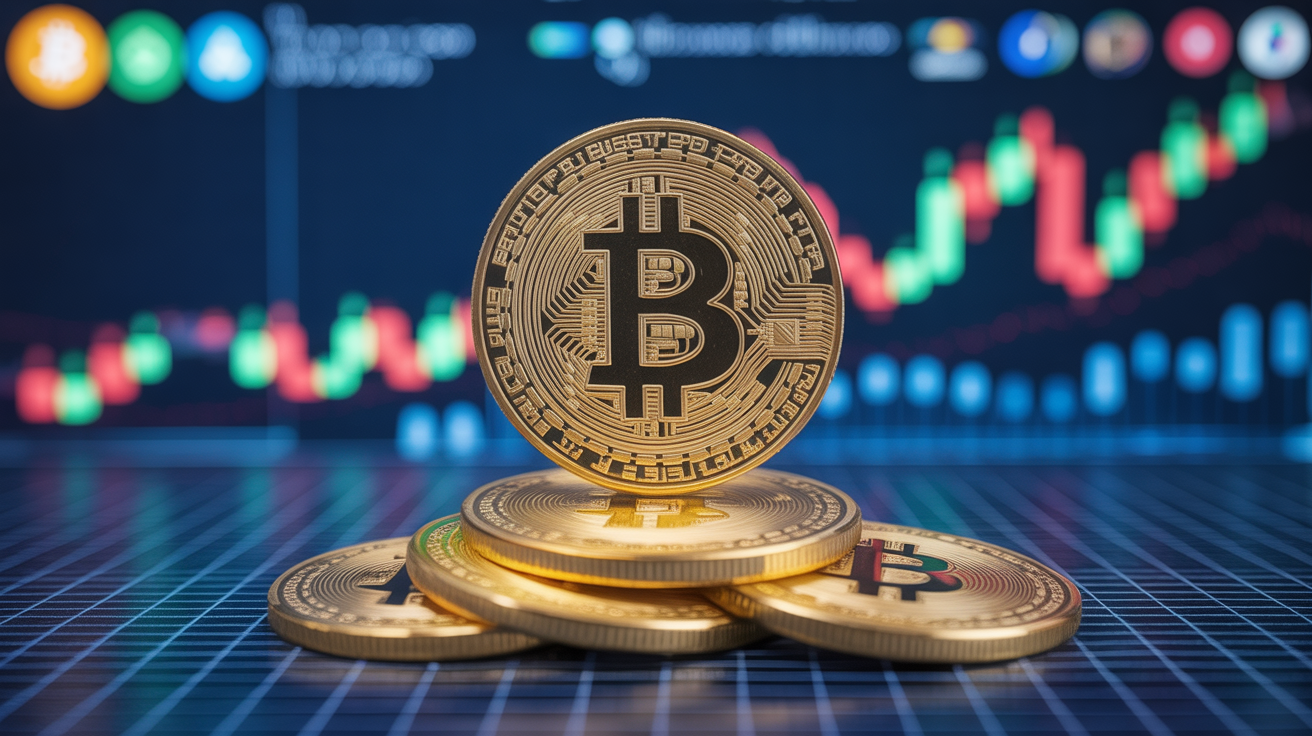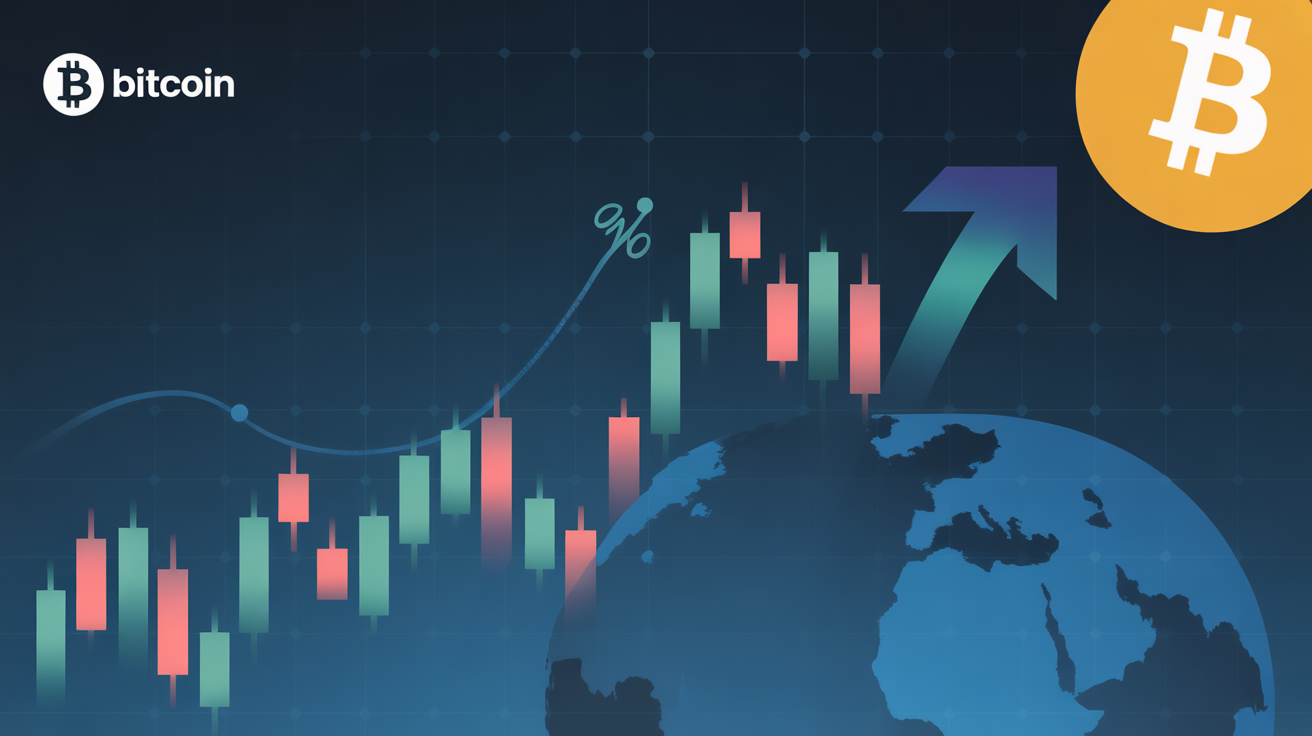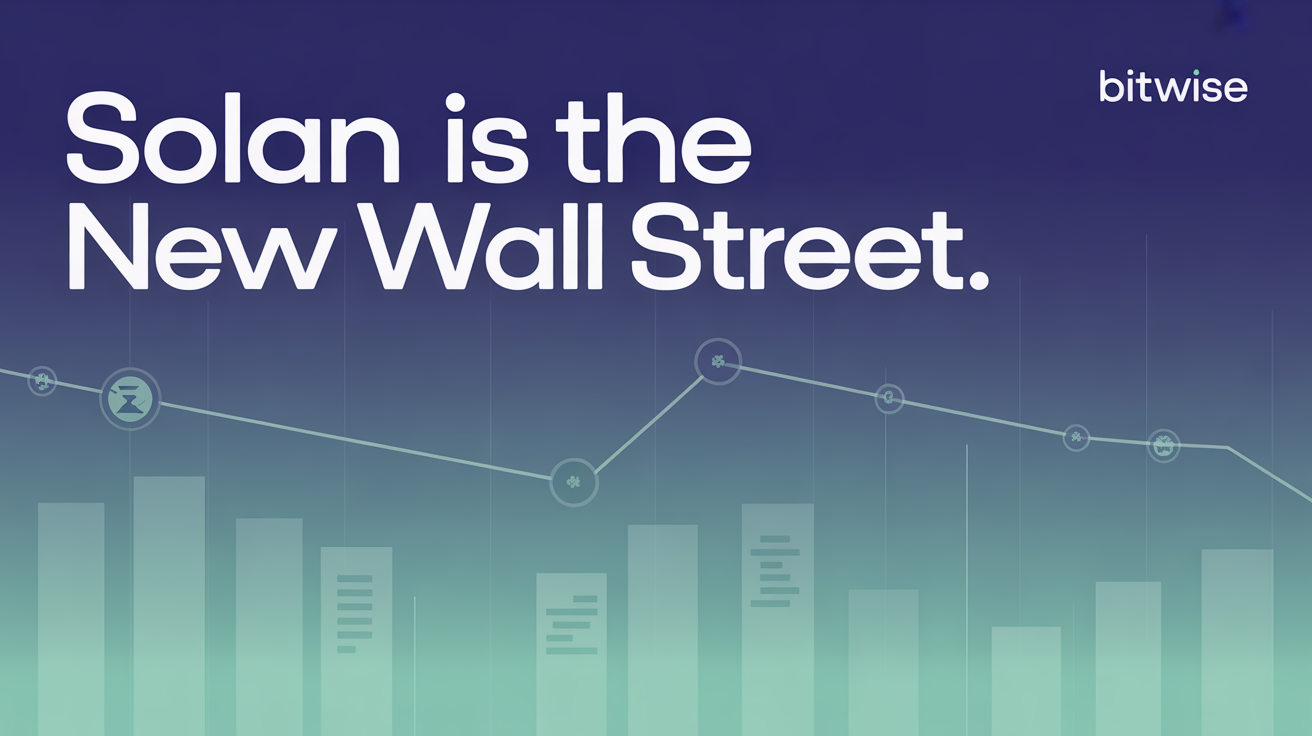
Euro’s Impressive Run Rivals Bitcoin as Investors Reevaluate Dollar Exposure
Amid growing concerns over U.S. fiscal policy and expectations that the European Central Bank (ECB) is close to ending its rate cuts, the euro has staged a remarkable rally, prompting global investors to reconsider their heavy bets on the dollar.
A currency pair typically seen as relatively stable is now matching the volatility and performance of bitcoin—a development few would have predicted.
In June, EUR/USD, the world’s most liquid currency pair, surged nearly 4% to reach 1.1786, outpacing bitcoin’s 2.4% gain for the same period. Both assets are now running neck and neck for the year, each posting gains exceeding 13%.
Market watchers believe the euro may still have room to climb, potentially benefiting euro-pegged stablecoins that have already capitalized on the single currency’s ascent.
“EUR/USD could hit resistance in the 1.22 to 1.23 range,” said Marc Ostwald, chief economist and global strategist at ADM Investor Services International. He noted that much of the current optimism revolves around Germany’s possible easing of its strict debt brake—a move widely viewed as supportive of growth.
From U.S. Exceptionalism to German Leadership
The idea of U.S. exceptionalism—the notion that American assets remain attractive thanks to robust fiscal policies—has historically supported the dollar. But under President Donald Trump’s second term, the narrative is shifting. Fears over ballooning budget deficits and rising debt-servicing costs are fueling what some call an emerging “fiscal scare.”
Germany is increasingly capturing investors’ attention instead.
Earlier this year, Germany announced a sweeping fiscal package that includes exempting defense spending (over 1% of GDP) from its debt brake, establishing a €500 billion infrastructure fund over twelve years, and directing €100 billion immediately into the Climate Transition Fund.
Of the remaining funds, €300 billion is earmarked for federal projects, while €100 billion is allocated for state-level investments. Moreover, German states will be allowed to run annual deficits up to 0.35% of GDP.
These measures are set to start impacting German GDP from next year, with lingering benefits well beyond 2027—and positive spillovers for the broader eurozone.
The shift in sentiment is pushing investors to consider European assets over U.S. ones.
“The starting point was a heavy overweight in USD assets, but now there’s a visible pivot toward European equities, especially as Germany steps up defense and infrastructure spending,” said Marc Chandler, chief market strategist at Bannockburn Capital Markets.
Yield Spreads Less Relevant as Policy Clouds Gather
The focus on Europe’s growth prospects has sidelined a traditional driver of currency moves: the yield differential between U.S. and German bonds.
Data shows the historic positive correlation between EUR/USD and the two-year German-U.S. yield spread has unraveled since late March.
Complicating matters, higher yields in the U.S. no longer signal economic optimism. Instead, they’re increasingly necessary to lure buyers amid rising fiscal risks.
“It might look like the dollar is decoupling from interest rates,” Chandler said. “But another way to look at it is that the U.S. has to pay a higher premium to offset policy uncertainty and a political preference for a weaker dollar.”
Rate Outlook Shifts in Euro’s Favor
Expectations around interest rates could further strengthen the euro. While markets await a return to fundamentals like rate differentials, the outlook appears less favorable for the dollar.
“Rate differentials are leaning against the USD, assuming the ECB is mostly done cutting rates—perhaps with one more reduction—while the Fed might lower rates by as much as 125 basis points over the next 12 to 18 months if U.S. growth remains tepid,” said ADM’s Ostwald.
Despite the ECB delivering eight quarter-point cuts over the past year, the euro has appreciated against the dollar. Now, attention turns to the Federal Reserve, which has so far kept rates steady at 4.25%, despite President Trump’s calls for more aggressive easing.
This suggests the rate gap may widen in favor of the euro in coming months.
Dollar Weakness Forces Investors to Hedge
The dollar has traditionally provided a natural hedge for foreign investors holding U.S. equities. But with the usual positive correlation between U.S. stocks and the dollar weakening, European pension funds and other investors are increasingly turning to foreign exchange hedging to protect their returns.
These hedging activities could sustain upward momentum in the euro.
Consider a European fund with $10,000 invested in the U.S. A weaker dollar reduces the euro value of that investment. To guard against this, the fund might hedge its currency exposure by selling dollars through forwards, futures, or options—actions that can further weigh on the greenback.
“Using Danish pension flows as a proxy for European trends, FX hedge ratios jumped from 61% in January to 74% by April. We’ve even seen levels hit 80% before, so there’s room for higher and more consistent hedging, which could limit EUR selloffs and sustain the euro’s strength,” explained Jordan Rochester, head of FICC strategy at Mizuho, in a LinkedIn post.
According to analyst Enric A., fewer than 20% of European institutions currently hedge their USD exposure, leaving significant potential for increased hedging—and additional dollar weakness.
“Higher hedge ratios mean more euro buying and more dollar selling,” Enric wrote on LinkedIn.
Similar trends are emerging in Asia, with Chandler citing data from the Bank for International Settlements (BIS) that indicates Asian funds are also boosting their hedging activities.
Bottom Line: As narratives shift toward possible Fed rate cuts and foreign investors ramp up hedging, the euro looks poised to remain strong—even as eurozone growth challenges linger.


